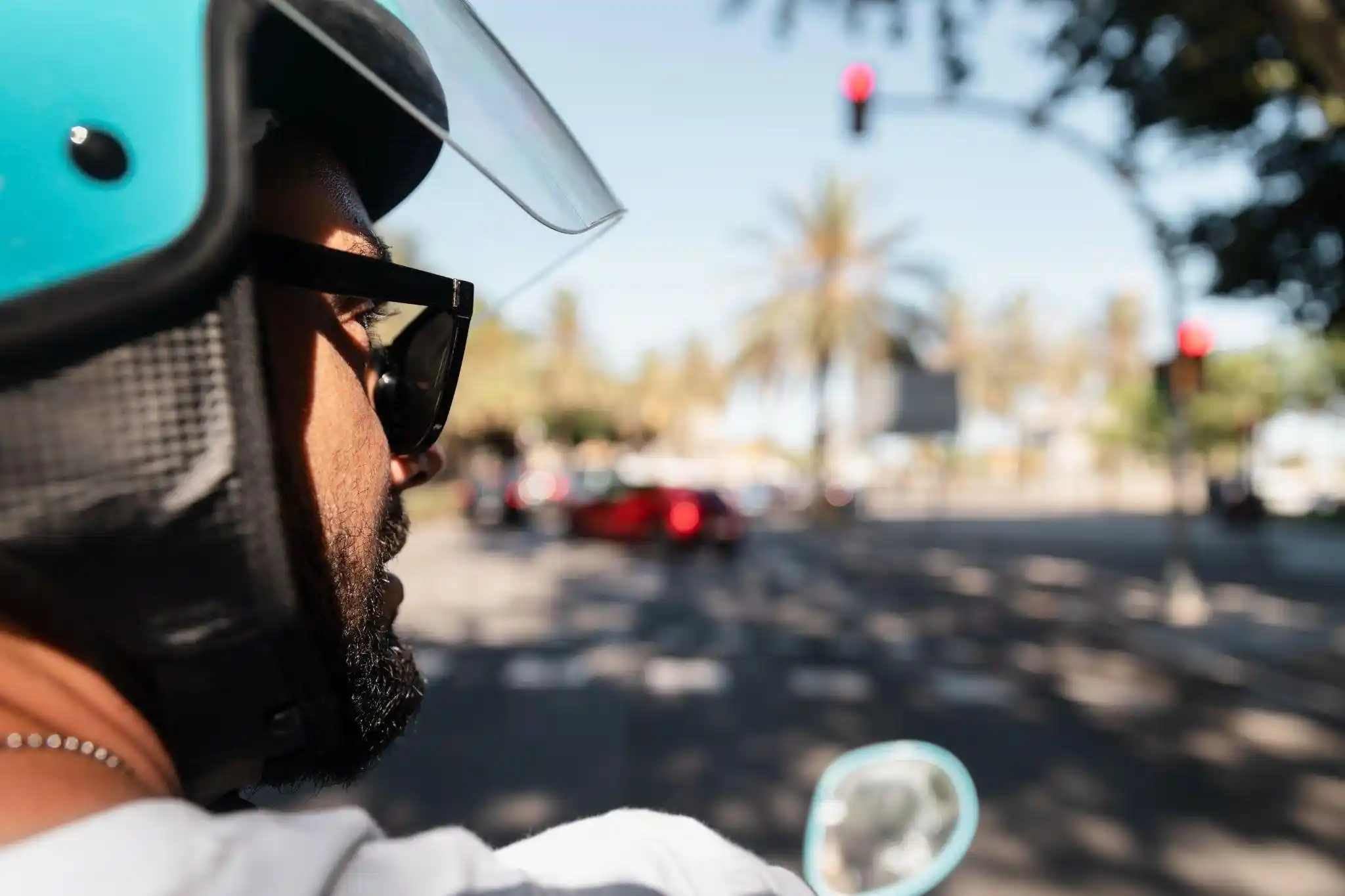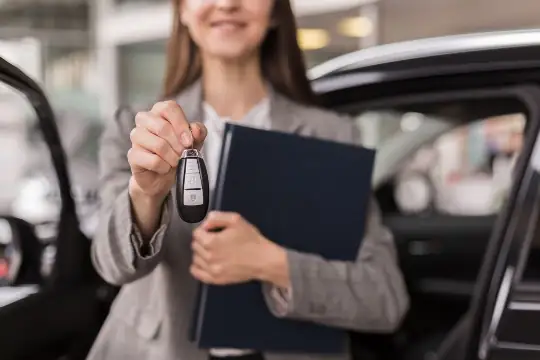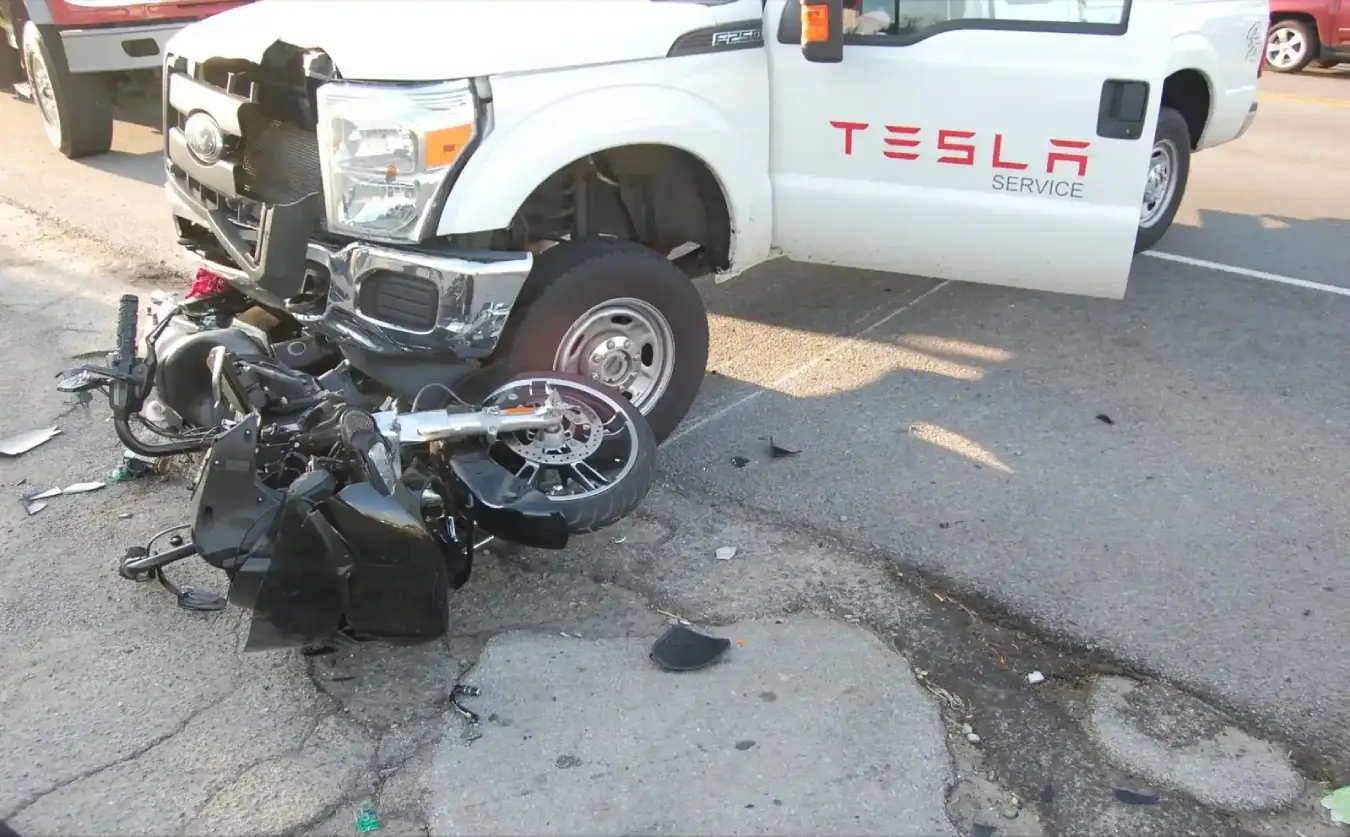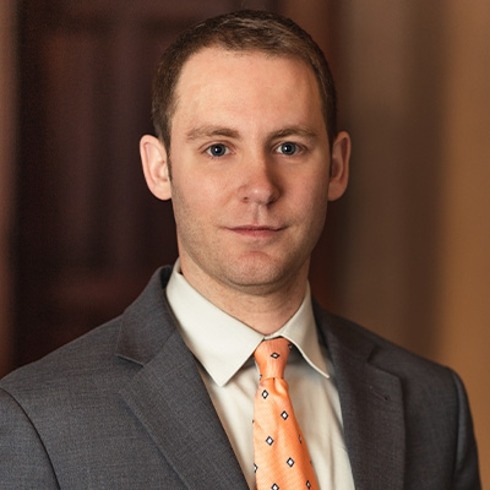INDIANAPOLIS BUS ACCIDENTS LAWYER
Helping people is our priority



Since 1993

In the blink of an eye, a routine bus ride in Indianapolis can turn into a life-altering catastrophe. Bus accidents, with their potential for high-impact collisions and multiple victims, can lead to devastating injuries and complex legal cases, often leaving victims with medical bills to pay.
If you or a loved one has been involved in such an incident, whether you’re a pedestrian, a passenger, or another driver, you have the right to pursue compensation for the damages related to the accident.
At Christie Farrell Lee & Bell, we are committed to standing by your side and providing the support you need during the legal process of filing a personal injury claim in Indiana.
What to Do After a Bus Accident in Indianapolis?
The moments following a bus accident can be chaotic and confusing. However, understanding the right steps to take can not only ensure your safety but also fortify your position when pursuing a successful personal injury claim. It’s about more than just immediate response—it’s about safeguarding your future rights and interests. Steps to take after a bus accident include:
Get Immediate Medical Attention
First and foremost, seek immediate medical attention, even if you feel fine. Some injuries, such as traumatic brain injuries or internal bleeding, may not manifest symptoms immediately. This information will be useful as evidence of your injuries, and helpful to accurately calculate the damages to claim.
Report the Accident
Next, report the accident to law enforcement. It’s worth remembering the law mandates the operator of a vehicle involved in an accident resulting in injury or death must immediately, by the quickest means of communication, notify the local police department or the office of the county sheriff.
Gather Evidence
If possible, gather evidence at the scene. This can include taking photographs of the accident scene, your injuries, and any property damage. Also, try to collect contact information from witnesses.
This evidence can be crucial in establishing fault and the extent of damages in your claim. Following these steps will help both our firm and you get a better result. Contact us today for more information. There is no fee unless we win your case.
Speak with a personal injury lawyer today. Call: 317-488-5500
Types of Bus Accidents and Their Unique Considerations
Different types of bus accidents involve unique factors that may affect liability, insurance claims, and the approach to a successful legal case. Knowing these distinctions can help you make informed decisions about the next steps. Below are some of the most common types of bus accidents and specific steps you may need to take if you or a loved one are involved.
School Bus Accidents
School bus accidents are especially distressing given the age of many passengers. If your child is involved in a school bus accident, it is essential to:
- Seek Immediate Medical Attention: Even if your child seems uninjured, some injuries may not appear immediately.
- Document All Details: Record the bus number, school district, and contact information of the school officials involved.
- Report the Incident to the School District: Ensure the school and district are aware and involved in the incident report.
- Contact an Attorney: Legal representation can help determine if liability rests with the driver, school district, or bus manufacturer.
Public Transit Bus Accidents
If you’re involved in an accident while on a public transit bus, consider these additional steps:
- File an Incident Report with the Transit Authority: Most transit systems require a formal report of any incident. Request a copy for your records.
- Document the Bus Information: Note the route, bus number, and transit authority details, as this will be important for any claims.
- Check for Surveillance Footage: Public buses often have surveillance that could be pivotal in supporting your case.
- Understand Governmental Immunities: Cases involving public transit can have unique complexities due to governmental immunity. An attorney can help navigate these barriers.
Intercity and Long-Distance Bus Accidents
For accidents involving interstate or long-distance buses, such as Greyhound or Megabus, additional steps may be necessary:
- Identify the Bus Carrier’s Regulations: Each carrier has specific protocols for accident claims, which may influence your case.
- Document All Communications: Record details of any interactions with bus personnel, emergency responders, and bus company representatives.
- Understand Interstate Laws and Regulations: Since these buses cross state lines, federal and multi-state laws may impact your claim.
- Seek Legal Help Experienced in Interstate Claims: Due to the complexity of interstate commercial carriers, it’s beneficial to work with an attorney familiar with federal and interstate regulations.
Bus Accidents Caused by Other Drivers
If a third-party driver caused the accident, additional steps include:
- Collect Evidence on the Other Driver’s Actions: Document witness statements, photographs, and any evidence of reckless behavior by the other driver.
- Understand Joint Liability Rules: In cases where both the bus driver and another driver may share responsibility, an attorney can help navigate the complex shared liability.
- File a Claim Against the At-Fault Driver: Depending on the outcome of the investigation, it may be possible to file a claim directly against the at-fault driver or their insurance.
Complete a Free Case Evaluation form now
Which Injuries Can You Claim After a Bus Accident?
With decades of experience assisting personal injury victims, we have seen many cases of motor accidents that involve buses. Due to the size of these vehicles, passenger victims can result in severe injuries and long treatments to recover. But if this is sadly your case, you can claim for any injury that was a direct result of the accident, including but not limited to:
- Broken bones
- Spinal cord injuries
- Traumatic brain injuries
- Whiplash and other neck injuries
- Psychological trauma
- Severe lacerations and contusions, which can lead to significant blood loss or infection
- Disfigurement or permanent disability, which may require long-term care or rehabilitation
Regardless of the nature of your injuries, it’s important to remember that you have the right to seek compensation for your suffering. The Indiana law recognizes the devastating impact of such accidents and allows victims to recover from their damages fully.
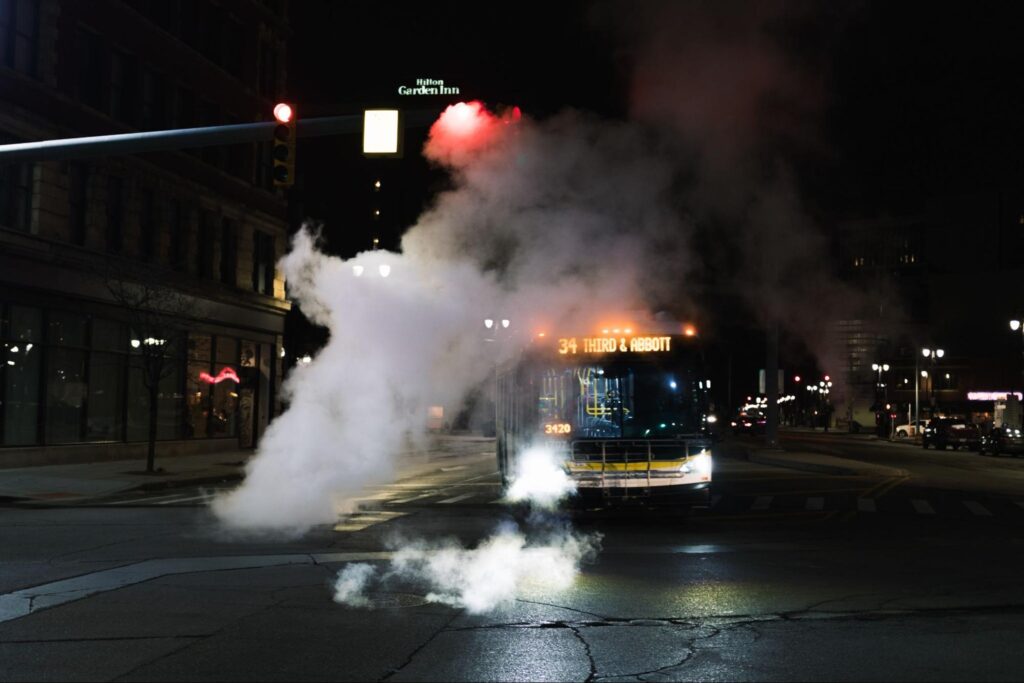
Click to contact us today
Who is at Fault? – Proving Negligence in a Bus Accident Case
But first, in order to recover compensation under Indiana law, you must prove that the other party was negligent. But determining who is at fault in a bus accident can be a complex process as it may involve the bus driver, the bus company, other drivers, or even government entities.
This involves showing that they owed you a duty of care, they breached that duty, and you suffered damages as a result.
What Is Considered Negligence in Indianapolis?
To establish fault and recover compensation under Indiana law, you must prove that the other party was negligent. This involves showing four key elements:
- Duty of care: The defendant owed you a duty of care. For example, bus drivers have a duty to drive safely and follow traffic laws, and bus companies have a duty to maintain their buses in a safe condition.
- Breach of duty: The defendant breached that duty of care. This could involve actions like a bus driver texting while driving or a bus company failing to replace worn-out brakes.
- Causation: The defendant’s breach of duty caused the accident. In other words, if the defendant had not breached their duty of care, the accident would not have occurred.
- Damages: You suffered damages as a result of the accident. This can include medical expenses, lost wages, pain and suffering, and more.
If these requirements are fulfilled, then you may have a case of negligence from the other actors involved in the accident. Still, as multiple parties might be involved in the accident such as drivers and bus companies, it’s often hard to identify who is at fault.
The Role of the Bus Driver and the Bus Company
If the driver was distracted, under the influence, or otherwise negligent, they could be held liable for the accident. The bus company can also be held responsible under the legal principle of “respondeat superior,” which holds employers accountable for the actions of their employees.
Additionally, if the bus company failed to maintain the bus properly or hired an unqualified driver, they could be directly at fault.
Other Drivers and Third Parties
Sometimes, other drivers on the road may be at fault for a bus accident. If a driver cuts off a bus, fails to yield, or otherwise behaves recklessly, they could be held liable. In some cases, third parties like manufacturers of faulty bus parts or government entities responsible for road maintenance could also be held accountable.
Indiana’s Comparative Fault System
It’s also important to note that Indiana follows a comparative fault system, which means that if you were partially at fault for the accident, your compensation could be reduced by your percentage of fault. However, if you were 50% or more at fault, you would not be able to recover any damages.
Also, if the bus is owned by a governmental entity, then contributory negligence applies instead of comparative fault, meaning if the person has any fault, he or she would not be owed compensation.
Also, if the bus is owned by or the driver is employed by a governmental entity and the bus driver was at-fault, then you’d have to submit a tort claims notice, which has stricter deadlines than the standard Statute of Limitations.
This makes it even more crucial to have an experienced bus accident attorney in Indianapolis who can help you prove the other party’s negligence and minimize your percentage of fault in a strong case.
Contact Our Indianapolis Bus Accident Lawyer If You Need Legal Help
At Christie Farrell Lee & Bell, we’re committed to helping bus accident victims to get the justice they deserve. Our team of bus injury lawyers will fight for your rights and work diligently to secure the compensation you need to fully recover from your injuries and economic. Contact us today for a free consultation and let us evaluate your case.
Our Indianapolis Office
951 N Delaware St
Indianapolis, IN 46202
Phone: 317-488-5500
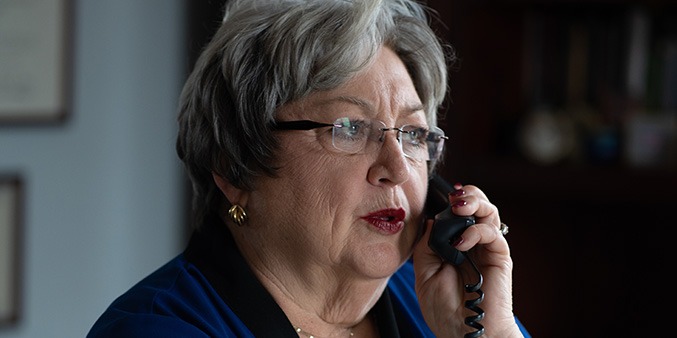
Get a FREE Case Review
Schedule Your Free Consultation


